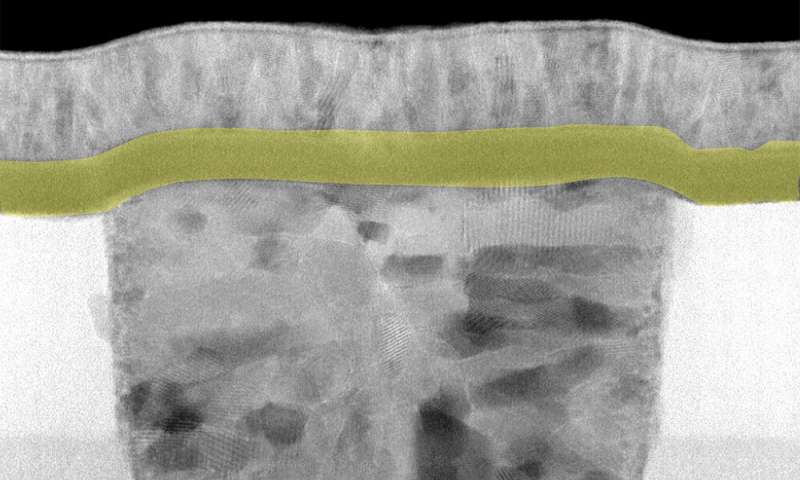In the September issue of the journal Nature,
scientists from Texas A&M University, Hewlett Packard Labs and
Stanford University have described a new nanodevice that acts
almost identically to a brain cell. Furthermore, they have shown
that these synthetic brain cells can be joined together to form
intricate networks that can then solve problems in a brain-like
manner.
New brain cell-like nanodevices work together to identify
mutations in viruses




